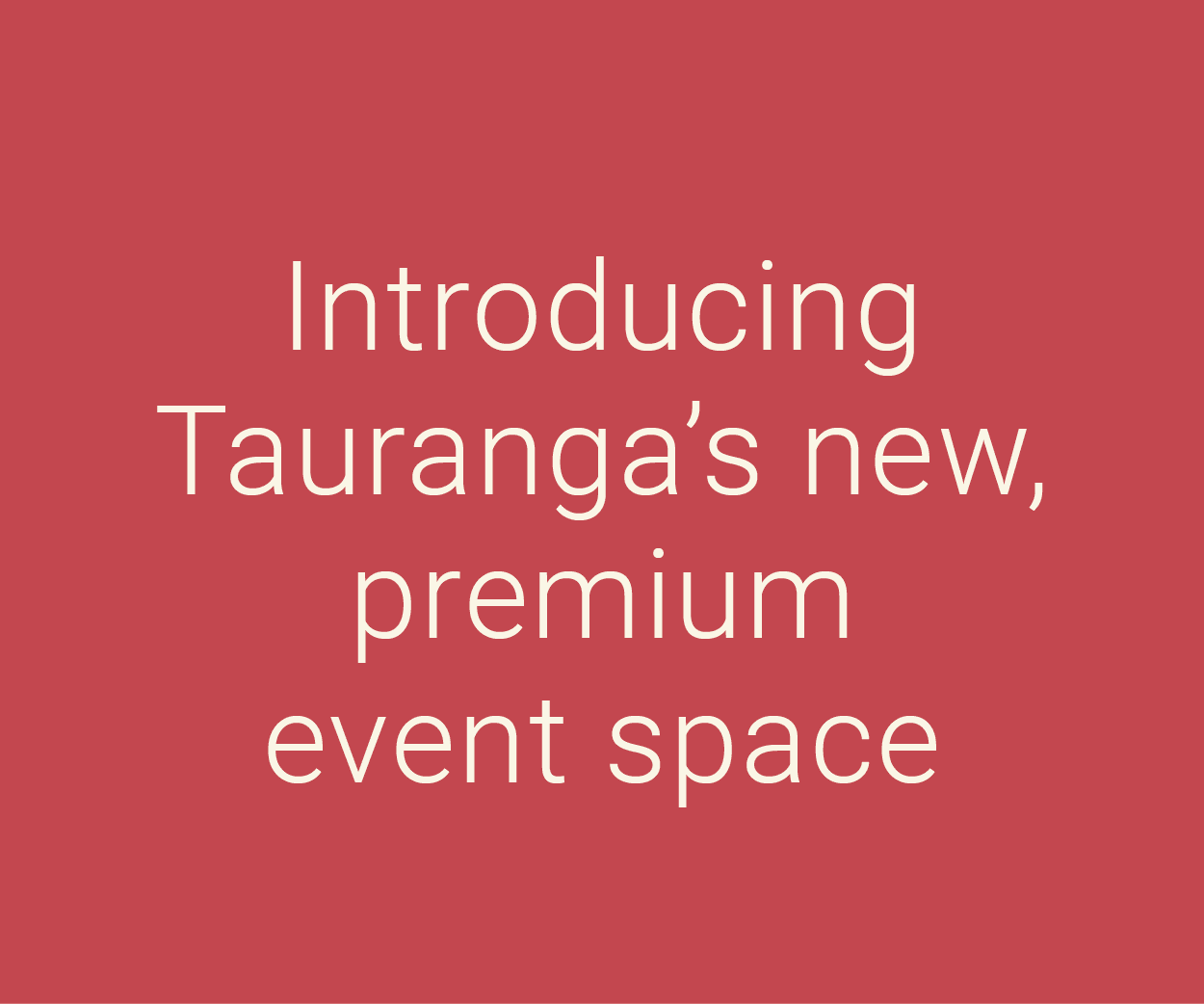A core principle of trade mark law is that a trade mark – a business’s ‘badge of origin’ – should be distinctive.
‘Distinctive’, in law, means that the trade mark should not be descriptive of a business’s goods or services and should be capable of distinguishing a business’s goods or services from those of other businesses. In plain English, a trade mark should set your goods or services apart from your competitors’ – noting that a really distinctive trade mark should set your goods and services apart from every other business.
Often-cited great examples of distinctive trade marks are APPLE and GOOGLE since neither describes the products and services the respective companies provide and both are highly memorable.
Closer to home, great examples, in my view, are ZESPRI and XERO – again, neither describes the products and services the respective companies provide and both are highly memorable.
SPARK, in my view, is another great trade mark. It is evocative, memorable, and cleverly alludes to information and communication technology without being descriptive.
It has the inherent ability to set the telco’s goods and services apart from its competitors at the very least.
Readers may remember that ZESPRI was the name chosen to replace “New Zealand Kiwifruit Marketing Board”, while SPARK was the name chosen to replace “Telecom New Zealand”. Readers may also remember that when first revealed, the ZESPRI and SPARK names were not universally well received. I don’t think too many would dispute now, however, that they have become very strong and well recognised brand names.
Which brings me to Vodafone. On 28 September 2022, Vodafone New Zealand announced it will be re-branding in 2023 to ONE NEW ZEALAND. The rebrand follows infrastructure firm Infratil and Brookfield Asset Management’s acquisition of Vodafone NZ in 2019 for NZ$3.4 billion ($1.9bn).¹
To say that the decision to change to ONE NEW ZEALAND has been met with mixed reviews would be a huge understatement. On the one hand, you have those who think the change is “a good change”; on the other, you have those who consider ONE NEW ZEALAND to be “a missed opportunity to name the company something bolder, brighter and more distinctive”; and in the middle, you have those who say “I don’t hate it. [But] I don’t get excited by it…”.²
Also thrown into the mix is that the ONE NEW ZEALAND name is already being used by what has been labelled ‘a far right organisation’³ called One New Zealand Foundation (ONZF). According to a Twitter post from Ben Moore (Technology Editor, BusinessDesk NZ), reported in a recent article on Stuff,³ Jason Paris, Vodafone’s CEO, was not aware the ONE NEW ZEALAND name “had a negative history” before the re-brand was announced. This begs the question, why wasn’t he aware? What searching for identical or similar trade marks was undertaken during the name selection process?
This case highlights that if you’re going to change your name as part of a re-branding exercise (because of course you can change your brand identity without changing your name), then you must make sure your new name is distinctive and, to the best of your knowledge, no one else is using an identical or similar name – even in relation to unrelated goods or services. In relation to the latter, a search of the Internet and relevant trade mark registers is vital.
It is also desirable, of course, that your target audience likes the name you are proposing to use – perhaps even loves it.
So…all for One, and One for all? Maybe not at the moment, but you can be sure that like Zespri and Spark before it, Vodafone/One New Zealand will commit significant resources to making ONE NEW ZEALAND not just its trade mark but a powerhouse of a brand.
1: www.datacenterdynamics.com/en/news/vodafone-new-zealand-at-one-ahead-of-2023-rebrand/
2: campaignbrief.co.nz/2022/10/11/building-a-new-brand-for-new-zealand-vodafone-nz-rebrands-to-one-nz/
3: www.stuff.co.nz/business/130021267/far-right-group-one-new-zealand-foundation-happy-to-share-name-with-rebranded-vodafone












